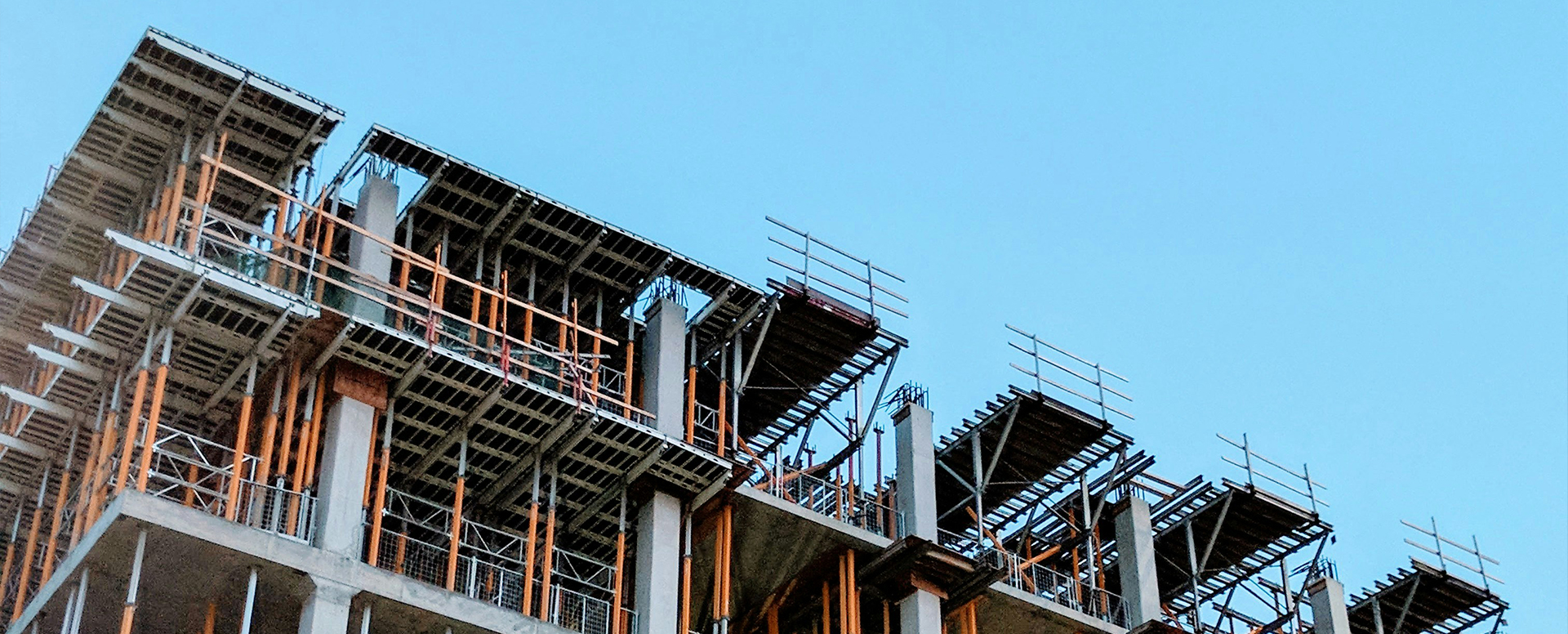Blockwork is a key component in commercial construction projects, offering robustness and efficiency. It involves the use of large, concrete or cement blocks, which are laid similarly to bricks but on a larger scale.
Significance in Commercial Projects
In commercial construction, blockwork is often chosen for its ability to create large, sturdy structures quickly and economically. The blocks’ larger size means fewer units are needed, speeding up the construction process. This is particularly beneficial in large-scale projects like office buildings, warehouses, and retail centers.
Advantages of Blockwork
The advantages of blockwork in commercial construction include its strength and durability, making it suitable for load-bearing walls. It also offers excellent fire resistance and sound insulation, crucial for commercial buildings. Additionally, blockwork can be easily integrated with other construction materials, allowing for versatile design options.
Challenges and Solutions
One of the main challenges in commercial blockwork is ensuring structural integrity, especially in taller buildings. Advanced techniques, such as reinforcing the blocks with steel bars and using special types of mortar, are employed to address this. Another challenge is maintaining efficiency and precision during construction, which is often met with skilled labor and modern construction management practices.
Successful Commercial Blockwork Projects
Many successful commercial projects showcase the effectiveness of blockwork. These projects demonstrate the material’s versatility, from high-rise office buildings to expansive shopping centers, highlighting blockwork’s contribution to the modern commercial landscape.
Conclusion
Blockwork plays a pivotal role in commercial construction, offering a combination of strength, efficiency, and versatility. As construction technology evolves, blockwork continues to be a preferred choice for commercial projects, meeting the demands of modern architecture and design.

